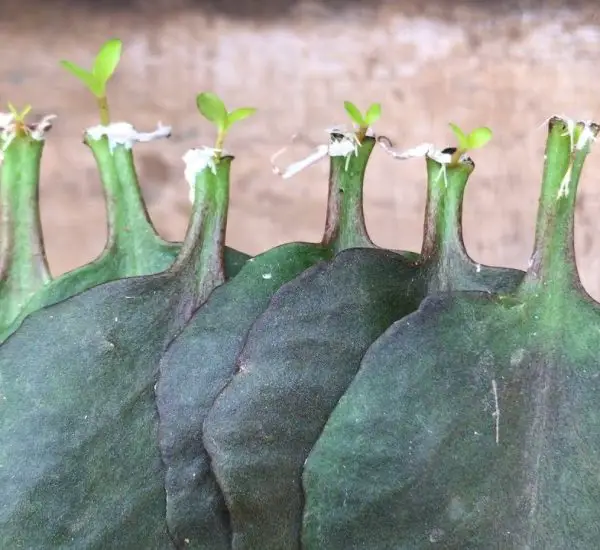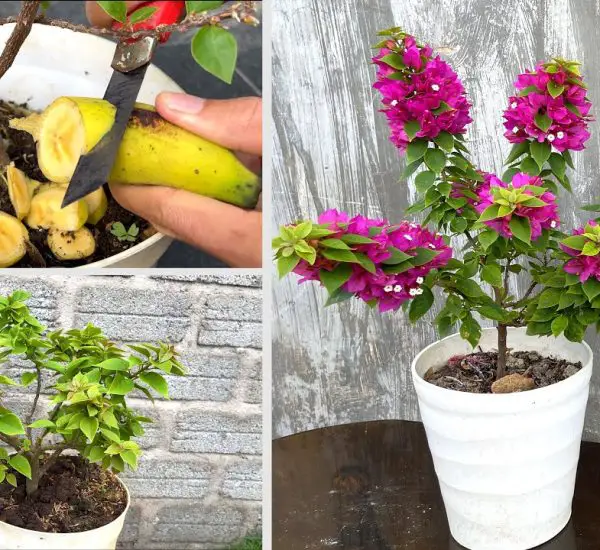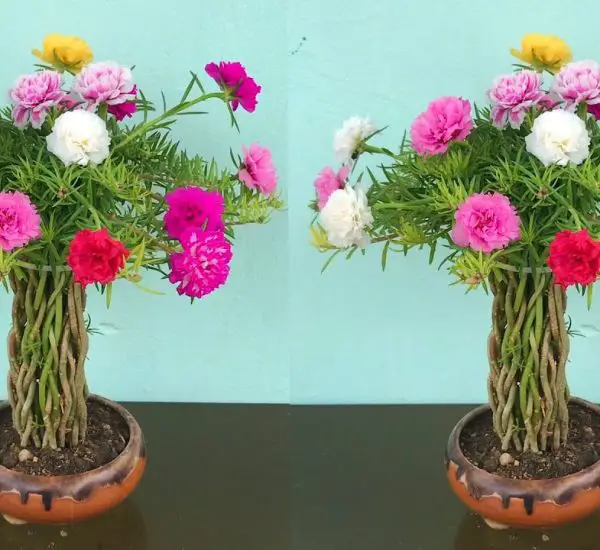Understand the menace of orange spots on leek leaves—leek rust—and how to manage it organically.
What Causes Leek Rust to Appear?
Commercial links
Leek rust is a fungal disease exacerbated by climate change, thriving in warm, humid conditions. The culprit, Puccinia fungus, targets plants in the garlic family, starting with their leaves. Airborne, it spreads quickly among plants, posing a threat to your harvest. Prompt action is crucial to combat its spread.
How to Prevent Leek Rust?
Commercial links
To prevent leek rust, control environmental factors. Rotate crops, avoiding planting leeks in soil recently used for garlic or onions. Ensure adequate spacing between plants to improve air circulation, reducing humidity and temperature around them. Additional preventive measures include:
- Water carefully to avoid splashing leaves.
- Promptly remove affected leaves.
- Disinfect gardening tools before and after use.
- Apply organic mulch like straw to shield leeks.
How to Treat Leek Rust Naturally?
Commercial links
Act swiftly upon spotting leek rust to avoid resorting to chemical fungicides. Embrace natural remedies:
- Using an Essential Oil: Neem oil mixed with black soap and water (200 ml neem oil, 30 ml black soap, 20 liters hot water) applied via spray can combat the fungus effectively.
- Applying Milk: A mixture of milk and water (1:9 ratio) sprayed on plants has antifungal properties helpful against rust diseases.
- Companion Plants: Marigolds and basil planted nearby act preventatively against leek rust.
- Baking Soda: A solution of 1 tablespoon baking soda per 4 liters of water sprayed on affected plants can control rust spread; test on a small area first.
Leek Rust: Is It Edible?
Commercial links
There’s no conclusive evidence that leek rust is harmful to humans. To err on the side of caution, discard affected parts and use healthy sections for cooking. Cooking processes typically eliminate pathogens.
By integrating these natural methods, you can effectively manage and mitigate leek rust, safeguarding your garden and harvest while minimizing environmental impact.



